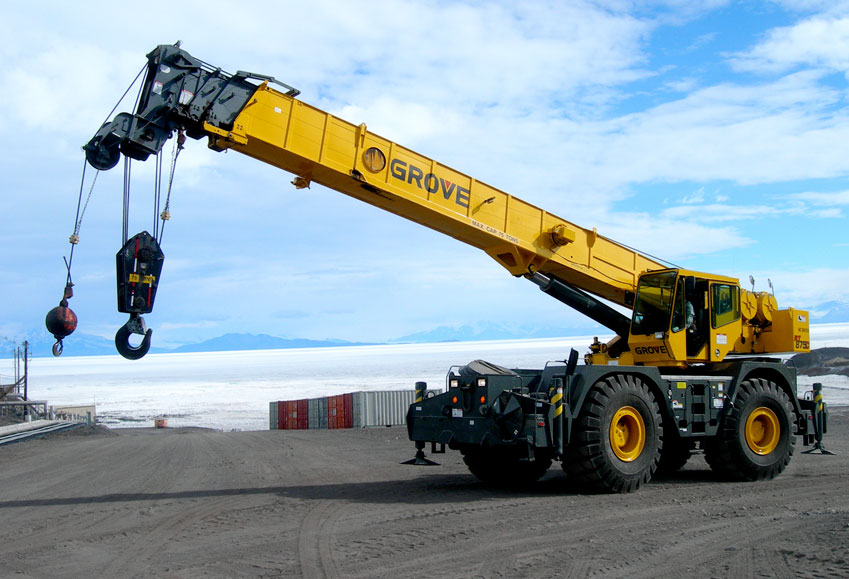The Different Parts of a Crane
Picture the tallest building you have ever come across. Is it the Burj Khalifa? The Shanghai Tower? Maybe it was the Empire State Boiling. Have you ever stopped to wonder how on earth people construct such skyscrapers? Imagine how high up the construction workers have to move the huge glass panes and heavy steel beams. How do they ferry all those construction materials so far up?
If you have ever witnessed the construction of a building, you are certainly aware that it is usually done with the help of a crane. The machines are specifically used to lift heavy building parts to greater heights. In most big cities, cranes comprise a large proportion of the skyline just like the skyscrapers themselves. But most importantly, how do they work?
Cranes are typically found at sea ports as well as construction sites all over the world. Whenever you visit a major port, you cannot fail to see huge cranes loading and off-loading containers from ships, trucks or train flatbed wagons. The same applies to the construction of tall buildings. Some trucks are also fitted with hydraulic cranes. For someone to operate a crane, he or she must be highly skilled and well trained in addition to understanding all the safety operational procedures. Such requirements aim at preventing major accidents or serious injuries during operation.
Typically, tower cranes stay in a stationary position and hoist heavy loads to greater heights. Steel and concrete beams are too heavy for construction workers to carry up along many flights of stairs. The cranes simplify the job by lifting and carefully loading objects in the required location. The following are the major retail crane parts:
The Mast
The crane mast is the most recognizable feature as well as the most crucial part of the crane. It is the part that lifts or lowers heavy materials. The mast can function in three separate ways, and this defines the specifications of the mast for a particular type of operation.
Outrigger
To be able to function effectively, the mast needs to be supported by a heavy base.This base is known as the outrigger. The outrigger offers the necessary balance and stability to stop the crane from tipping or overturning. It is usually composed of 3 parts: the leg or beam; the foot or pad, and in some cases, a float. The crane beam extends towards the foot, which lies on the ground. An optional float can also be placed underneath the foot in order to provide a base that has a bigger area than the pad. This assists in spreading the load’s weight particularly when mounted on a pavement or concrete.
The Rotex Gear
The rotex gear is positioned just under the crane cabin. It allows the cabin to turn or rotate the boom through a hydraulic motor.
Jib
A jib refers to the extension of the mast that telescopes or extends in order to increase the length of the mast hence boosting the lifting capacity.
Crane Cabin
Also known as the operator’s cab, the crane cabin is a housing that is attached to the upper part of the deck, right over the rotex gear that enables the turning of the cabin. The operator sits on the chair and controls the crane through separate joysticks that control forward-to-aft as well as left-to-right movement of the mast. The foot pedals control the pump pressure of the rotex gear in addition to the telescoping of the mast.
Detachable Counterweights
These are huge concrete weights placed at the back of the crane. They help to stabilize the crane during lifting operations. Usually, there is a certain formula applied to determine the amount of counterweight needed. This takes into account the mast radius, operational angle and load weight.
So that is a brief summary of the primary retail crane parts. Cranes are a combination of simple machines for the purpose of lifting very heavy loads. They also make use of pulleys.


Comments are closed.